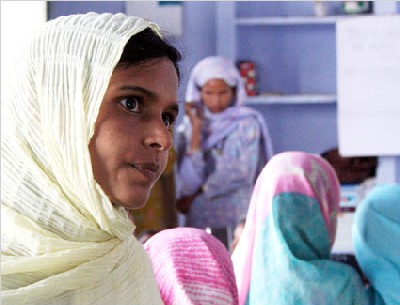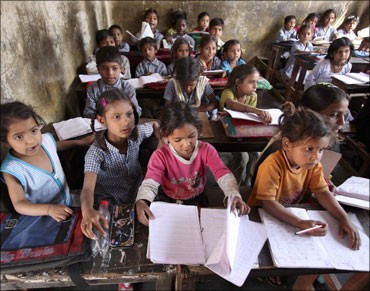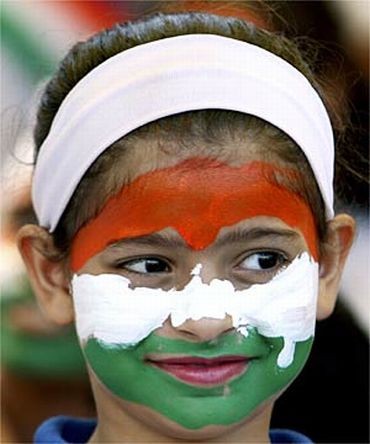
India is the fastest growing economy after China, and is the fourth largest economy in purchasing power parity terms in the world, but lags neighbouring least developed countries like Bangladesh, Bhutan and Nepal in terms of various social indicators.
Infant mortality in India is 50 per 1,000 births in 2009, compared to 41 in Bangladesh and 31 in Nepal. Similarly, if we talk about the under-five mortality rate, it was 69 per 1,000 births in 2009 in India versus 48 in Nepal and 52 in Bangladesh, according to Unctad's Least Developed Countries Report 2011 and Human Development Report 2011.
Chief economic advisor Kaushik Basu recently said these neighbours are also better than India in average life expectancy. Where at birth in India it is 64 years, it stands at 66.6 years in Bangladesh, 66.5 years in Bhutan and 67.1 in Nepal, he said.
...

This could be credited to the high female literacy rate in Bangladesh, says Ravi Srivastava, a professor with the social sciences department of Jawaharlal Nehru University.
In Bangladesh, youth female literacy is higher than the male one. As many as 76.8 per cent of females are literate, against 74.1 per cent of males. Also, school enrolment ratio at primary and secondary level is tilted towards females.
As many as 89.9 per cent of females were enrolled at the primary level, against 82.9 per cent of males. Similarly, at secondary level, 42.6 per cent of females were enrolled according to 2010 data, against 40.4 per cent of males.
Though the literacy rate is higher in India, females are at a less advantageous position. Female youth literacy was at 74 per cent in 2009, against 88 per cent for males.
...

There is a positive correlation between female literacy and health of the society. If females are educated, they ensure the well-being and health of the family, thus acting as a catalyst for the social empowerment of the society, analysts say.
However, with Nepal, economists feel there could be something wrong with the reporting. "With Nepal we can't say how reliable the data is, as most of its other numbers are worse than India", says Srivastava.
He credits Bhutan's social protection policies for the improving socio-economic indicators.
Anis Chakravarty, director, Deloitte, Haskins and Sells, argues we cannot really compare India with these small countries, as there is a high level of inequality and regional imbalances in India.
...

However, Bangladesh's Gini coefficient stood at 0.33, slightly lower than India's 0.36. Nepal's, however, was much higher at 0.47 in 2009. The Gini coefficient measures inequality and always ranges from zero to one. Zero means perfect equality and one signifies perfect inequality.
But, even if we compare Bangladesh with a similar state like Bihar, our eastern state does not measure up. Bihar's life expectancy at birth stands at 61.6 years, against 66.6 years for Bangladesh. Similarly, infant mortality in Bihar is 52 per 1000 births, against 41 in Bangladesh. "About 15-20 years ago, Bangladesh was worse than Bihar, but now it is faring much better", points Srivastava.
So, where is India lagging? Madan Sabnavis, chief economist, CARE Ratings, attributes India's laggard performance to constraint in the government's expenditure on general health.
...

"A major 80-85 per cent of India's population is dependent on government for health support, which is not available to a great extent", he says.
Looking at Planning Commission data, public health expenditure did not even touch 1.4 per cent of the GDP in the 11th five-year plan.
Sabnavis adds that the government is concentrating on capital expenditure, but not revenue expenditure. "It is creating structures in the form of hospitals, but what about doctors, staff or beds?" he asks.